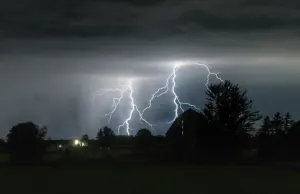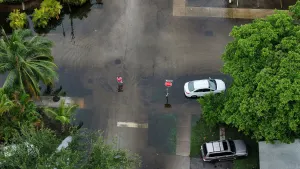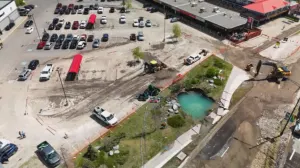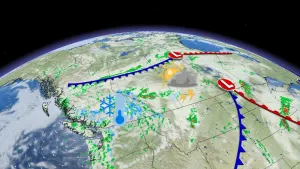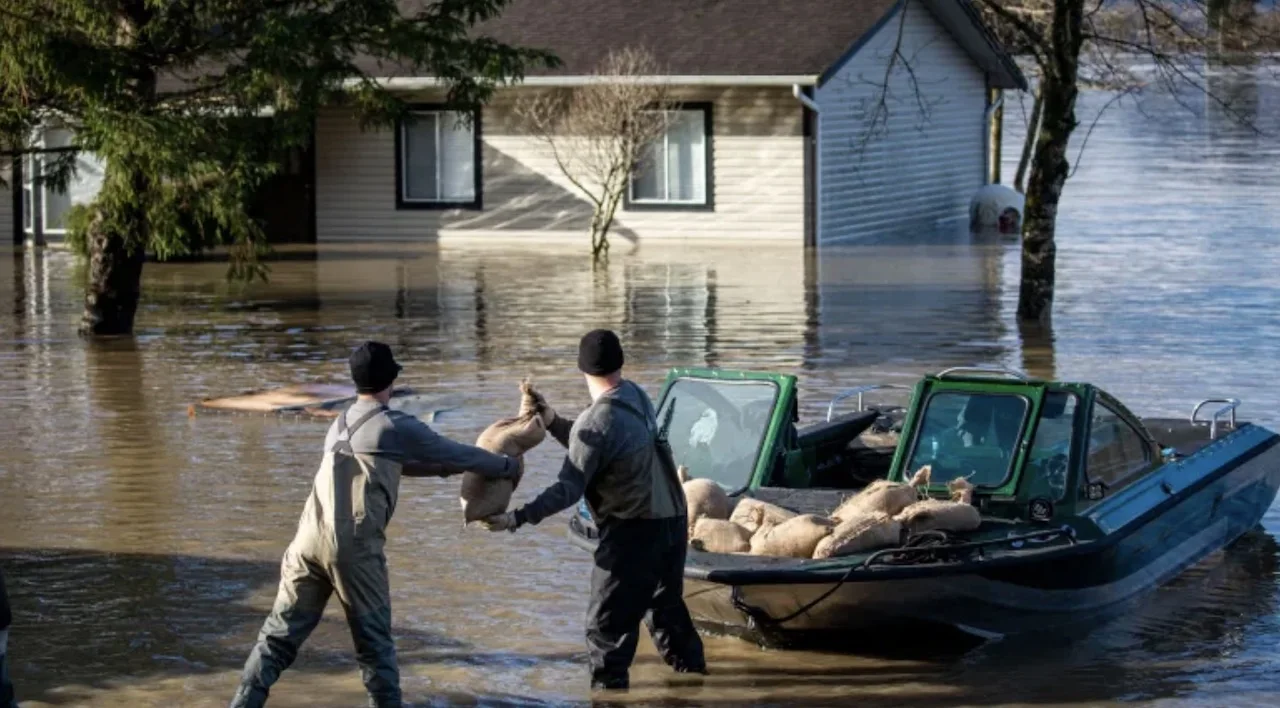
Travel, gas restrictions in place as flood cleanup underway in B.C.
THE LATEST:
Provincial officials have imposed limits on buying gas and travelling on B.C.'s damaged highways.
B.C. Agriculture Minister Lana Popham says 200 square kilometres of farmland have been flooded so far across southern B.C., and 959 farms were on evacuation order as of Friday evening.
Personnel from the army continue to arrive and assist with emergency operations, with a small group helping to repair a dike in the city of Abbotsford.
Transport Canada has banned non-essential boat travel in the flooded areas of the province.
More than 14,000 residents of B.C. remain on evacuation order following the flooding and landslides of the last week.
Some residents of Merritt, B.C., will be allowed back to their homes to recover personal possessions. An evacuation order was issued for the entire town of 7,000 last week.
For a list of up-to-date flood warnings, visit the River Forecast Centre.
British Columbians are starting to feel the effects of supply chain issues following floods and landslides that left thousands evacuated from their homes, highways destroyed and entire regions swamped.
It has been nearly a week since record-shattering rainfall left communities across southern B.C. devastated, with upwards of 14,000 still away from their homes due to floodwaters.
Those in flood-ravaged areas will now only be able to fill up to 30 litres of fuel per visit to the gas station as the supply chain continues to be affected.

Volunteers from the community fill jet boats with sand bags that will be taken to farms in the Sumas Prairie flood zone in Yarrow, B.C. The province has imposed gas and travel restrictions as supply chain shortages begin to be felt due to widespread floods. (Ben Nelms/CBC)
The emergency order, announced on Friday, covers drivers in the Lower Mainland-to-Hope region, the Sea-to-Sky region, the Sunshine Coast, the Gulf Islands and Vancouver Island. It will be in effect until Dec. 1. Essential vehicles will be exempt from the order.
"It's 10 to 11 days that we have to pull together as a province. If we're greedy, we'll fail," B.C. Public Safety Minister Mike Farnworth told reporters at a news conference on Friday.
Farnworth said the storm forced the closure of the Trans Mountain pipeline, along with rail and highway links allowing the passage of fuel province-wide.
Fuel supplies are also coming in from Alberta, Washington, Oregon and California to help with the shortage.
TRAVEL RESTRICTED ON REBUILDING HIGHWAYS
Another emergency order announced at the news conference limited travel on provincial highways to essential traffic only, even as more arterial roads started to reopen across the province.
Police checkpoints will be set up at certain locations to enforce the order, and violators will be fined.
Essential vehicles allowed on the highways include emergency responders, public transit, commercial transport vehicles, infrastructure repair vehicles and health-care transportation.
The highways where non-essential travel has been restricted include:
Highway 99: from the junction of Highway 99 and Lillooet River Road to the B.C. Hydro Seton Lake Campsite access in Lillooet.
Highway 3: from the junction of Highway 5 and Highway 3 in Hope to the west entrance to Princeton from Highway 3.
Highway 7: from the junction of Highway 7 and Highway 9 in Agassiz to the junction of Highway 7 and Highway 1 in Hope.
Highway 3, a key link from Metro Vancouver to the province's Interior, was reopened to single-lane alternating traffic on Friday.

A person is seen carrying fuel tanks in Victoria on Nov. 17. Until Dec. 1, people in southwest B.C. can only fill 30 L of gas at a time due to supply issues. (Ken Mizokoshi/CBC)
A part of Highway 1 on Vancouver Island, known as the Malahat, was also open on both lanes ahead of time on Friday evening.
Larger repairs on Highway 1 and Highway 5 (the Coquihalla) are expected to take months due to significant washouts.
RELATED: How B.C.'s catastrophic rainfall, flooding was foretold days before
ABBOTSFORD DIKE REPAIRS BEGIN AHEAD OF HEAVY RAIN
A portion of Highway 1 in Abbotsford was meant to have a 2.5-kilometre flood levee built near it on Friday in order to stop water from flooding across it, but water levels equalized on both sides.
Engineers and personnel from the Canadian Armed Forces will instead look to repair dikes in the city, southeast of Vancouver, ahead of more forecasted rain on Monday.
The city of 120,000 has been hit particularly hard by the floods, with hundreds of farmers losing livestock and chickens in the low-lying Sumas Prairie area east of the city.
"I'm concerned about 80 to 100 millimetres of rain. What I don't know is the integrity of the existing Sumas dike," said Abbotsford Mayor Henry Braun on Friday.
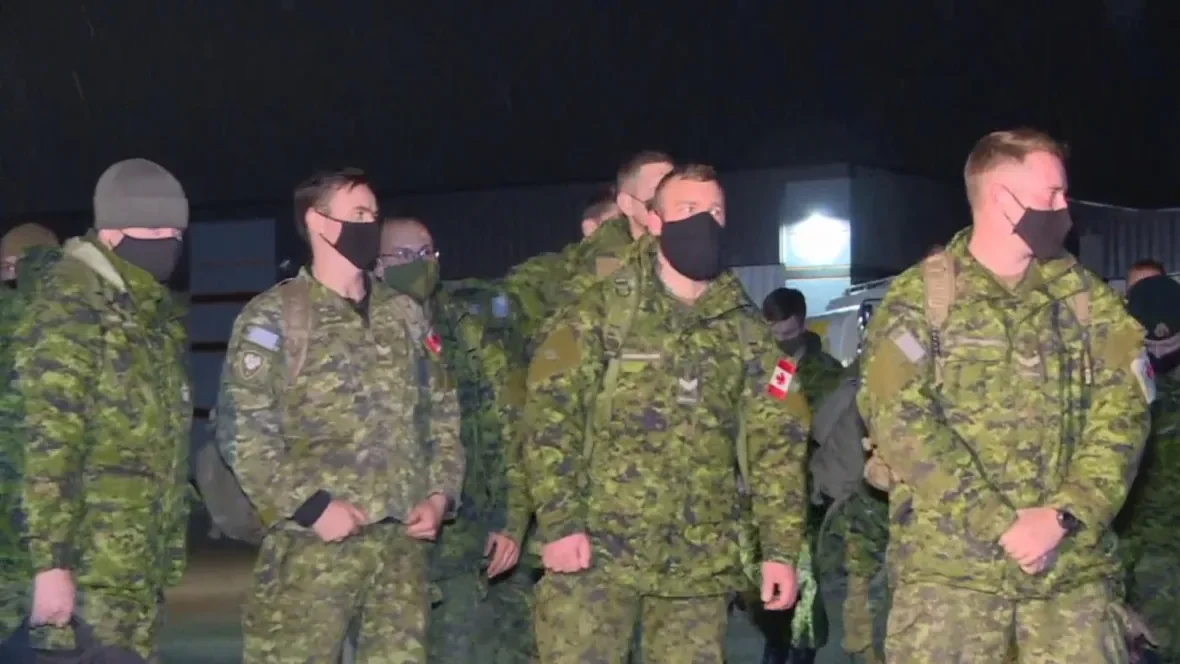
More than 100 soldiers touched down in Abbotsford, B.C. on Thursday to assist with emergency management operations. (Francois Joly/CBC)
"The army is on the ground to look for weaknesses and we've already found some weaknesses."
Braun said 64 soldiers are on the ground in Abbotsford as part of a contingent of 120 that is supporting the city's efforts. Soldiers are assisting with emergency operations throughout B.C., including some from Quebec.
The province is also receiving help from Ottawa regarding its farm animals, thousands of which perished in the floods. Two hundred square kilometres of farmland has been affected so far, and 959 farms were on evacuation order as of Friday evening.

Farmers carry their livestock out of a flooded barn in Abbotsford. The city southeast of Vancouver has half of B.C.'s dairy farms and has been hit badly by the devastating floods. (Ben Nelms/CBC)
In the community of Merritt, one of the largest towns where every occupant had to leave due to the floods, some residents are set to be allowed back to collect personal possessions.
Homes will be tagged as red, yellow or green, and residents with the latter colour will be allowed to return to collect belongings and begin remediation efforts, the city in B.C.'s Interior region said in a written statement.
The Merritt Emergency Operations Centre is in the process of launching a call centre to better help residents with inquiries, and the city has begun planning for social supports when residents return to the community, it says.
READ MORE:
Provincial officials are reminding British Columbians to not panic-buy or hoard, after scenes of empty grocery store shelves in Hope, Chilliwack and the Okanagan region.
The City of Abbotsford is urging people not to swim or paddle in flood waters. Risks include toxicity and electrocution.
A look at the numbers around the floods show an unprecedented situation in more ways than one, with rainfall records shattered across the province.
The Fraser Health authority is coordinating flights for dialysis patients who have been cut off from hospitals.
Anyone placed under evacuation order should leave the area immediately.
To find an evacuation centre close to you, visit the Emergency Management B.C. website.
Evacuees are encouraged to register with Emergency Support Services online, whether or not they access services at an evacuation centre.
Road conditions can be checked at DriveBC.
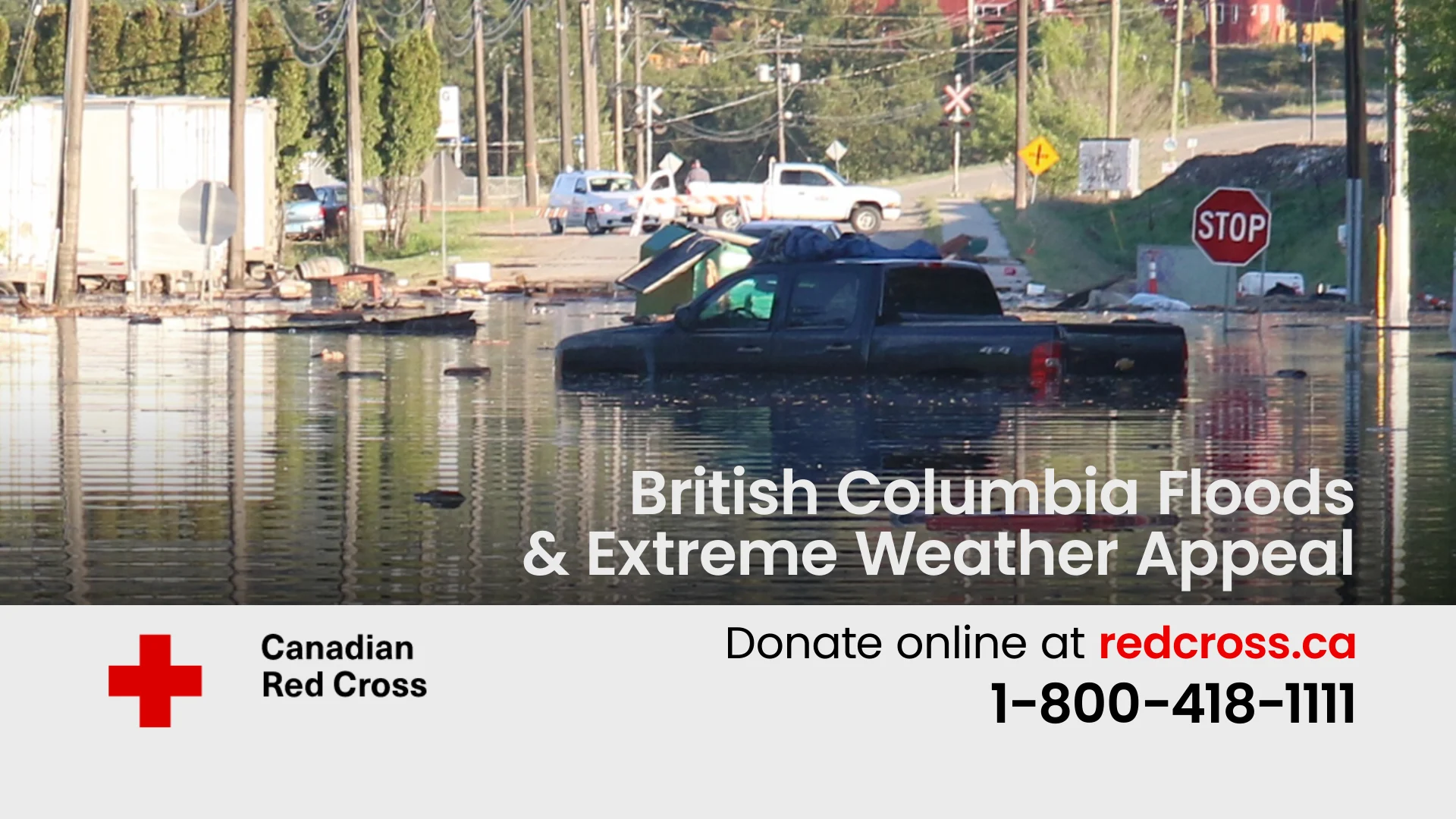
The story was originally published on CBC.ca. Contains files from Bethany Lindsay and The Canadian Press.






